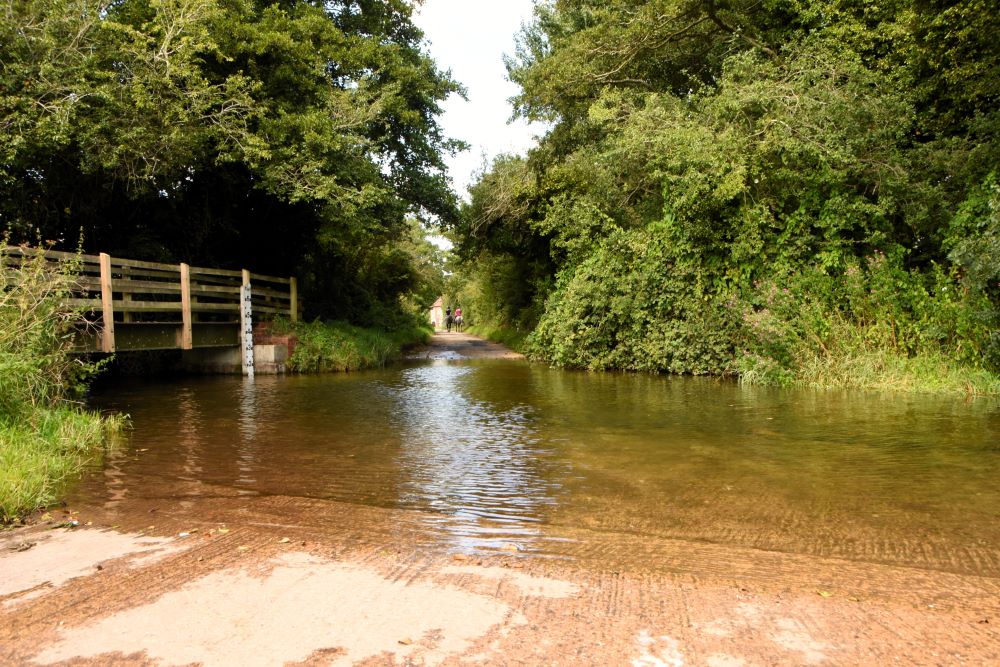Rising from tiny chalk headwaters in lower Bodham and Baconsthorpe, the River Glaven flows for approximately 17 km. Its main course begins just below Selbrigg Pond, where three tributaries combine at the outfall. From there, the river winds through wooded hills of glacial debris, traverses lush countryside, and meanders through picturesque flint villages, before meeting the sea behind Blakeney Point.

According to the Domesday book, the Glaven once supported 19 water mills, of which only six remain today. Notably, one continues to operate as a family business at Letheringsett. Historically, the river supported three thriving ports - Wiveton, Cley and Blakeney – renowned for their role in importing oriental cloth and spices.
In more recent times, it has become better known as a sanctuary for a large population of grey seals and as a globally important breeding site for over 270 species of birds.
The River Glaven is surrounded by a diverse landscape of arable land, coniferous plantations, grazing meadows and wetlands. The Site of Special Scientific Interest (SSSI) at Holt Lowes features a mixed valley mire encompassing bog, fen and heath habitats, supporting a rich and varied botanical and animal community.
The river is a haven for wildlife, providing habitats for trout, water voles, insects and invertebrates such as damselflies, dragonflies and hawkers. Endangered white-clawed crayfish remain dominant in the upper reaches of the Glaven, with ongoing conservation efforts, including rearing programmes as a partnership between Norfolk Rivers Trust and Banham Zoo, aimed at safeguarding this species and its habitat.
.jpg)

The critically endangered European eel has also been recorded in the river, with volunteers annually monitoring the arrival of elvers (young eels that migrate up a river from the sea). More recently, the upper Glaven has become home to a colony of beavers living in an enclosure. These beavers play an important role in natural flood management and water purification, contributing effectively to the health of the ecosystem.
The River Glaven faces challenges from abstraction, climate change and development. These pressures affect water levels and temperatures, ultimately impacting the wildlife and communities that depend on this precious chalk stream.

